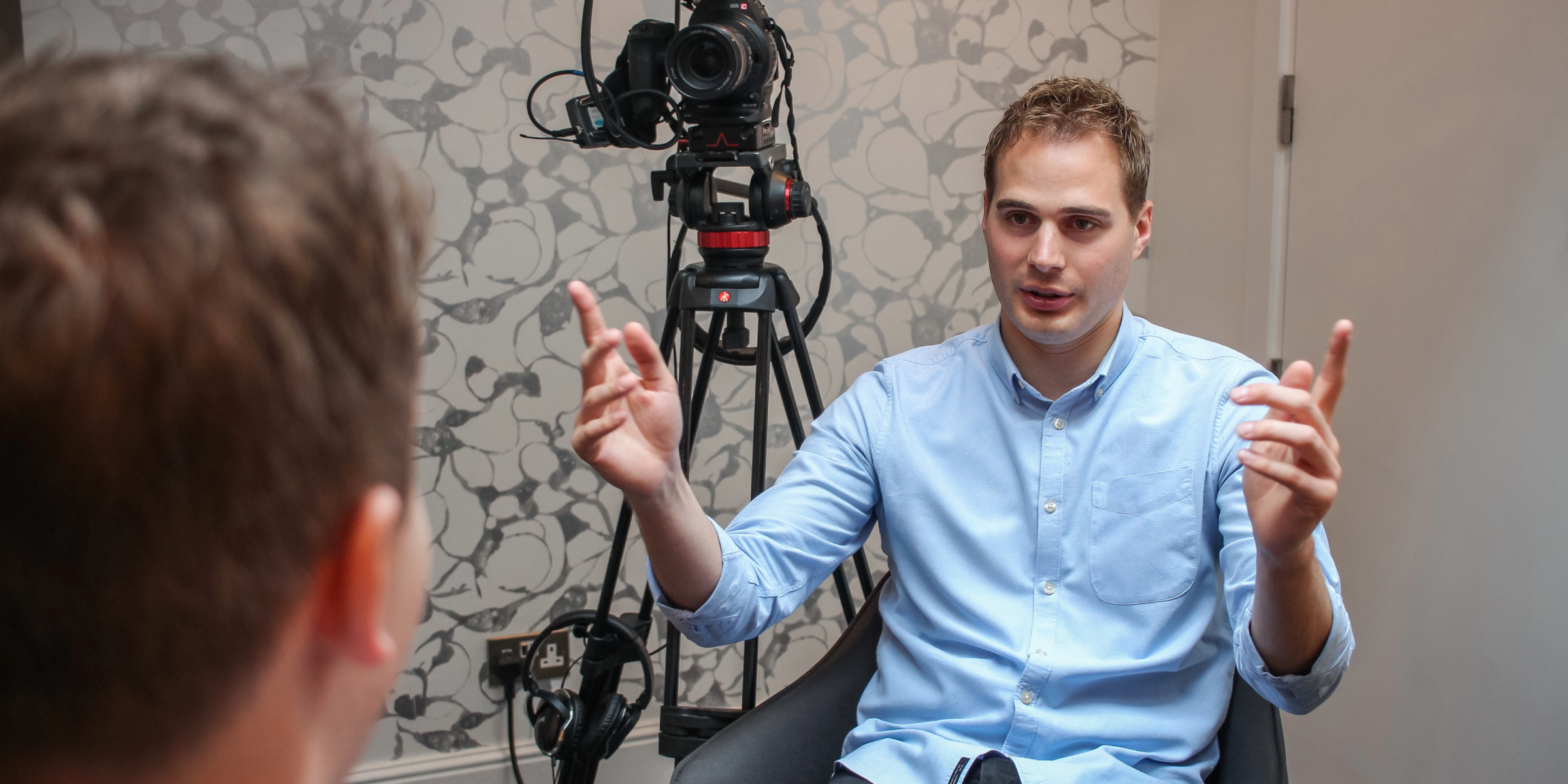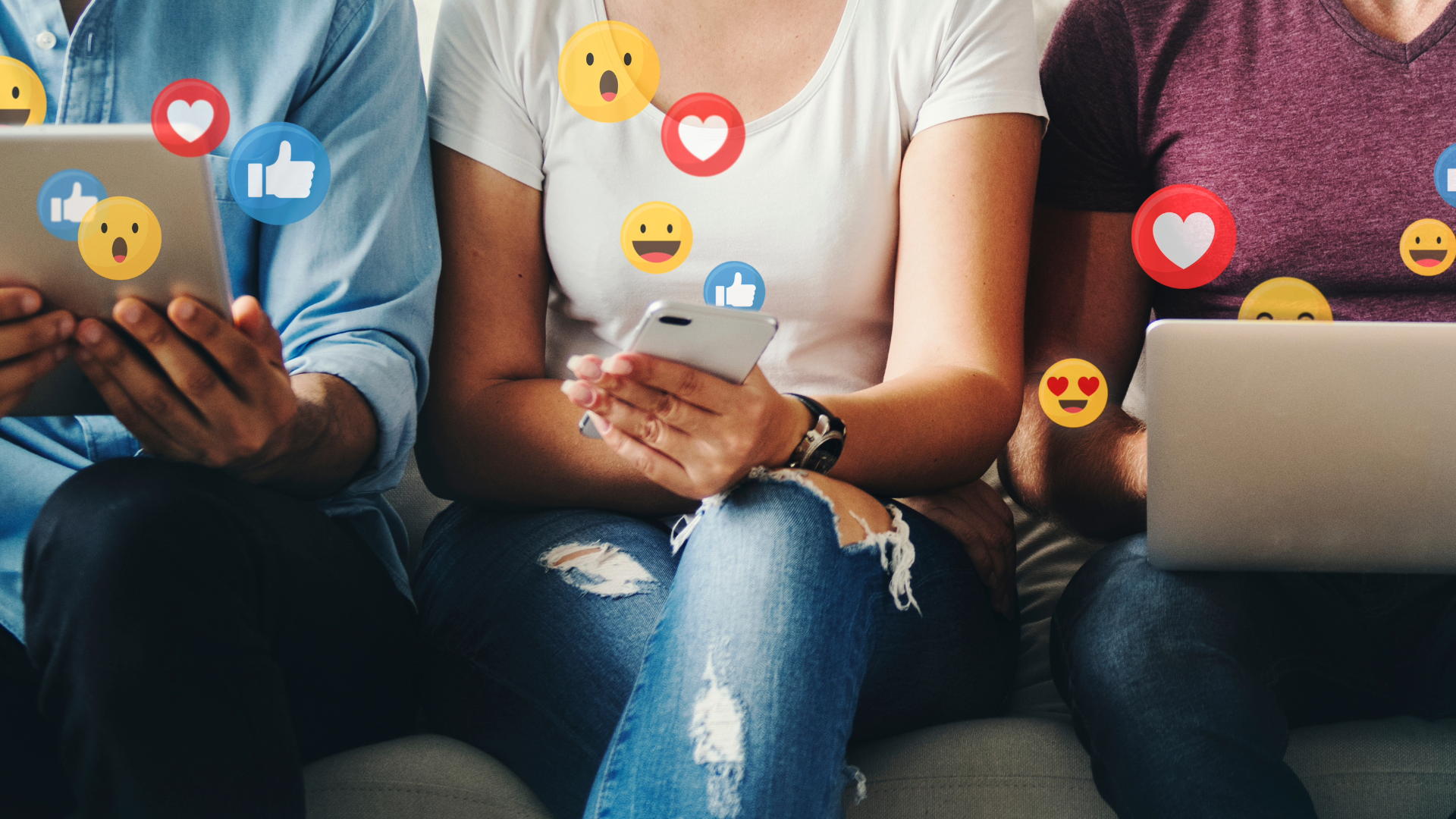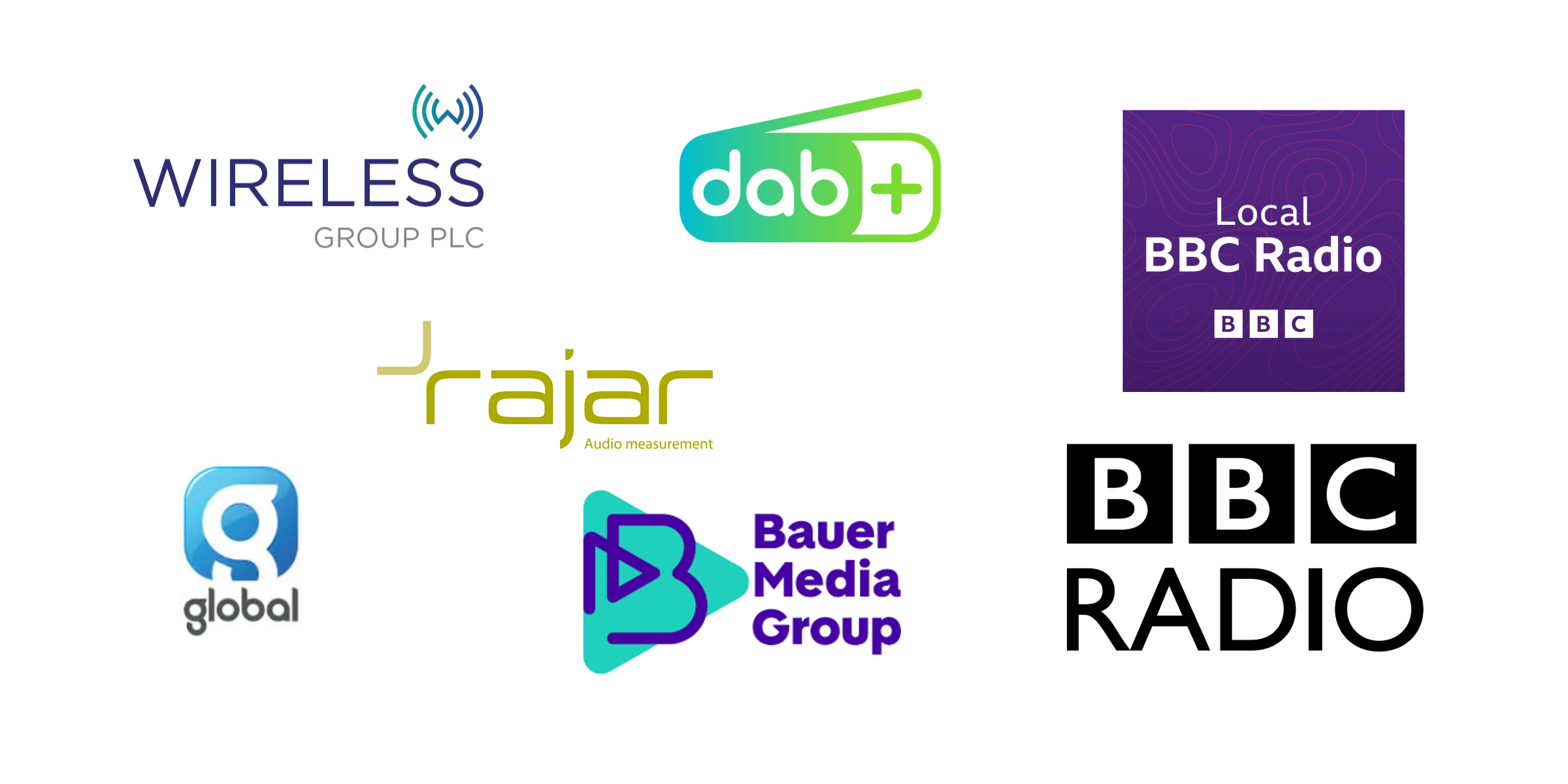When it comes to broadcast PR, the way in which you present yourself in front of the media is crucial. It’s not just about your key messages but also about how you deliver them.
What is media training?
Media training prepares spokespeople for media appearances which can include broadcast and print interviews, press conferences and even public speaking events like webinars or keynote speeches. The training focuses on your communication skills, helping you deliver your key messages in an effective way and giving you strategies to handle tricky questions.

Why is media training important?
Producers want to book spokespeople who are polished, well informed and can get their points across concisely. Someone who doesn’t meet these expectations is likely to be remembered for the wrong reasons and not be invited back on air.
In fact, any guest who is put forward for an interview is expected to have been media trained, especially if they are a CEO or a brand ambassador. Even case studies are expected to know the basics of how to present themselves in front of a journalist.
For someone who has never done a broadcast interview, the thought of being put in front of a camera or microphone can be intimidating, especially in a live setting. However, it is exciting to be on radio or TV and media training doesn’t always need to be commissioned for a crisis or a negative story. In fact, it will often be set up ahead of something positive like the promotion of an event, telling an internal story or publicising a new product or service.
There are many benefits to being media trained. It is good to give spokespeople an overview of the type of stories broadcast journalists and producers are interested in, and this will help them understand why they have been booked. Journalists will never share questions ahead of an interview but knowing what they may want to achieve can help you predict which questions may come up.
Media training can prepare spokespeople for specific interviews or for ad hoc appearances, so they can be ready for last-minute requests related to their area of expertise. It can also help them turn a negative story into positive messaging, which is very useful when managing a crisis, as these come with no warning!
What happens during a media training session?
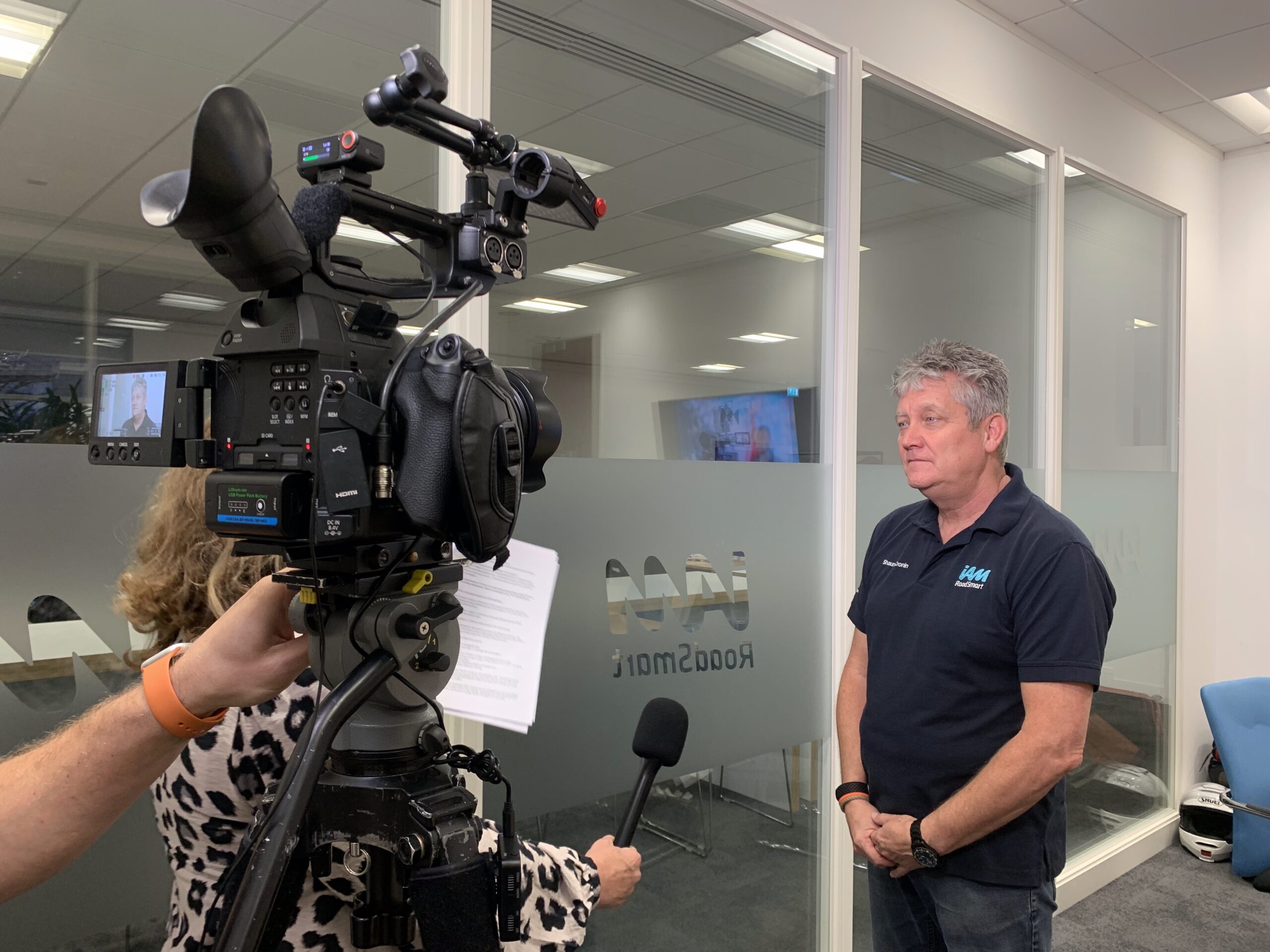
What are the aims of media training?
The two main goals of media training are to help spokespeople understand the landscape and what makes news, plus provide them with the confidence to communicate key messages and take control of interviews. To achieve this, it is important to start with some theory, looking at the current media landscape and giving an overview on some of the techniques that can be used to avoid difficult questions.
However, a successful media training session will be largely practical. Mock up interviews are important because they allow participants to understand the nuances between different interview formats.
What sort of interviews will you do as part of media training?
Broadcast media appearances can be a combination of many different settings: live, pre-recorded, for programme items, for news bulletins, in a studio, via video call, down the line, on location, audio-only, in vision, one-to-one, as part of a panel or even in a debate context.
The scenarios presented will largely vary and will depend on the spokesperson’s experience, professional role and whether they want to prepare for a specific interview or for generic media requests. Before the media training session, there needs to be a briefing call to discuss who needs the training and what they want to achieve. It is also important to have a conversation about the main key messages that you want to relay and any potential pitfalls that may come up.
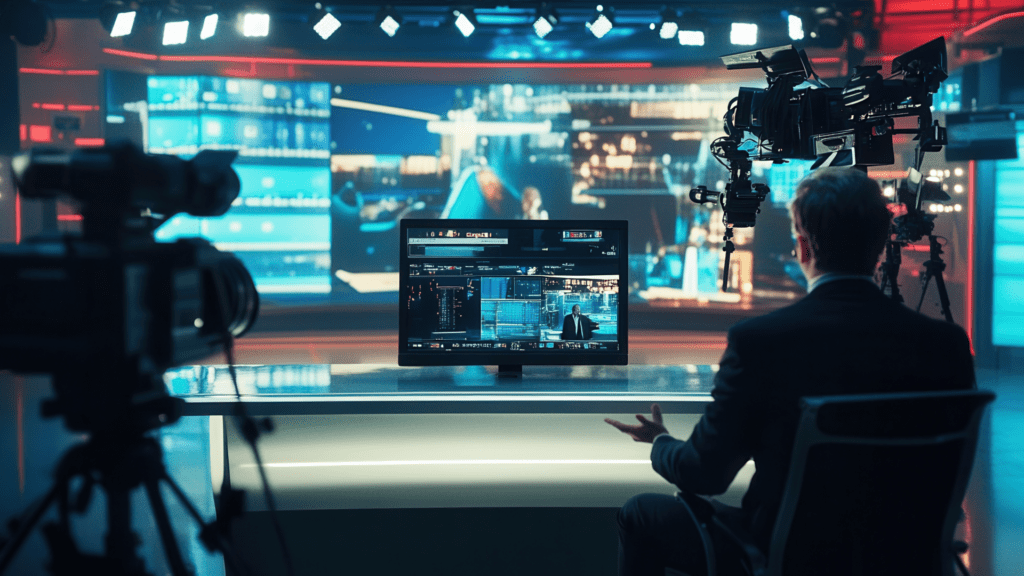
Who will be there?
Media training sessions can be one-on-one or in small groups. We wouldn’t recommend having more than 3 – 4 people in attendance at the same time, though, and it is always a good idea to place people together who have a similar degree of confidence and experience. It’s also possible to organise an advanced solo session for a more senior CEO or C-Suite spokesperson who needs a refresher.
It's all about the practical
If you are being media trained, you should expect and welcome feedback throughout the session. Constructive feedback is super important because it helps spokespeople identify their strengths and the areas where there is room for improvement.
One communication aspect which can be improved thanks to feedback is the matter of filler words or expressions. This is what we say when we get asked a question and we need a second to think of an answer (we all do it!). A spokesperson may not be aware that they say ‘um’ or ‘er’ when they need to buy themselves some time. Or they may not realise that they overuse words such as ‘obviously’ or ‘actually’. The same thing also applies to non-verbal cues. For example, some people touch their hair or look away when they need a second to think – but they can only correct this if they are aware they are doing it in the first place!

How media training boosts a spokesperson’s confidence
Media training is generally about building confidence, which is one of the most critical attributes of an effective spokesperson. No matter the environment, they must appear composed and articulate. If you find the prospect of doing a broadcast interview intimidating, media training can really help you.
One of the main reasons a spokesperson might feel nervous before a media appearance is not knowing what is going to happen. Without preparation, you may feel overwhelmed by the unpredictability of an interview, especially if it’s live. However, media training will tackle this uncertainty by practising these scenarios and getting you familiarised with the different interview formats and common tactics used by journalists.
Once this uncertainty has been removed from the equation, you will have the capacity to focus on the key messages your brand wants to get across. Media training allows you to work on these messages until they are easy to remember and deliver, even under pressure or in an unfamiliar environment.
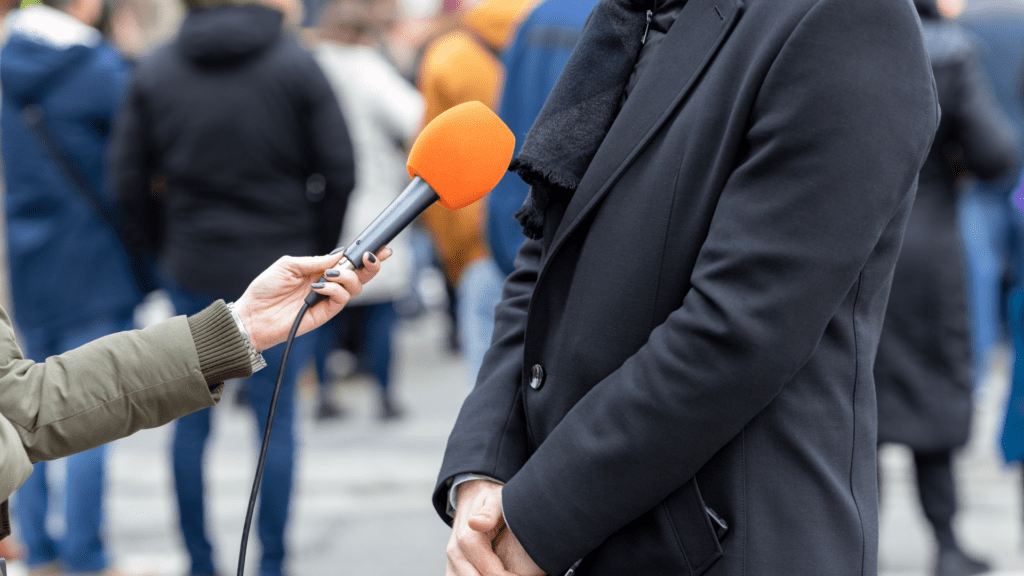
Killer questions
Of course, one of the most intimidating things about a media appearance is the possibility of facing a killer question. Someone who hasn’t prepared properly may stumble, get stuck or even make things worse by saying the wrong thing. However, after a media training session, you will be equipped with techniques to allow you to remain calm and handle difficult or unexpected questions. Through bridging and deflection, it is entirely possible to take control of a conversation and bring it back on message.
One of the ways we show our confidence is through our body language. It is not just about what we say but also how we do it. Even when it comes to print and radio interviews, when we may not necessarily be filmed, it is important to control our facial expressions, posture, eye contact, and even what we do with or where we place our hands. Thanks to media training, a spokesperson will become aware of their body reacts under pressure and learn what to do to project authority and confidence.
We have already mentioned the role mock interviews play during media training sessions. Rehearsals and role-playing exercises that simulate real interviews can boost your confidence. By putting yourself in that situation repeatedly, you will become more at ease with the process and therefore feel more empowered to deal with unexpected questions or distractions.
So, you’ve been media trained. Now what?
Once a media training session is complete, it is a good idea to practise your media skills on a regular basis, and especially before any interviews you already know are coming. You can ask a friend or a colleague to pretend to interview you. Perhaps you can also give them a list of anticipated questions, asking them to mix them up and re-phrase them in their own style. You should answer each question in full but trying to redirect the interview back to your agenda or key messages.
Make sure you set a time limit that approximates what you expect to be given for the opportunity you are rehearsing for. Most broadcast interviews tend to be between 5 and 10 minutes but that depends on the format and the outlet.
It is also good to record each interview so you can watch it back and analyse your answers, paying particular attention to how you communicated your key messages regardless of what you were asked. You don’t need a professional camera or microphone to do this, you can just use your phone.
Once a media training session is complete, it is a good idea to practise your media skills on a regular basis, and especially before any interviews you already know are coming. You can ask a friend or a colleague to pretend to interview you. Perhaps you can also give them a list of anticipated questions, asking them to mix them up and re-phrase them in their own style. You should answer each question in full but trying to redirect the interview back to your agenda or key messages.
Make sure you set a time limit that approximates what you expect to be given for the opportunity you are rehearsing for. Most broadcast interviews tend to be between 5 and 10 minutes but that depends on the format and the outlet.
It is also good to record each interview so you can watch it back and analyse your answers, paying particular attention to how you communicated your key messages regardless of what you were asked. You don’t need a professional camera or microphone to do this, you can just use your phone.
Use Shout! Communications for your media training needs
Shout! Communications has been delivering bespoke media training services to C-Suite delegates, brands, charities and business owners for 20 years. Our team of media trainers are all former broadcast journalists at national level.
If you are looking for an introduction to media training and being competent on air or honing your skills and preparing for a tough interview, we are positive we can provide the right classes for you.
For more information, call us on 020 7240 7373 or drop us an email hello@shoutcommunications.co.uk
